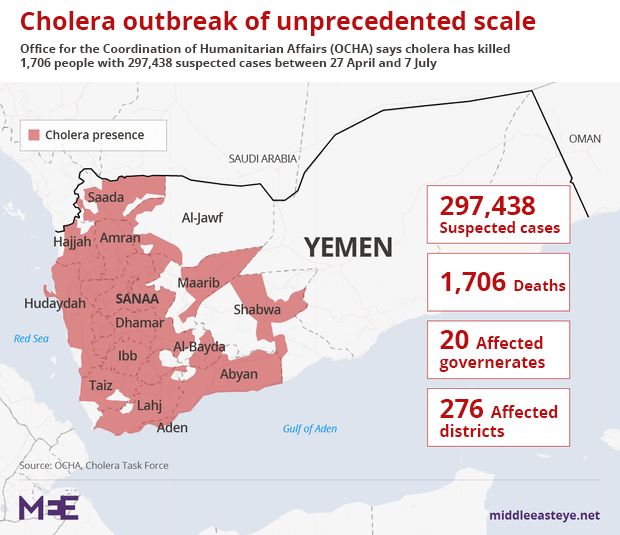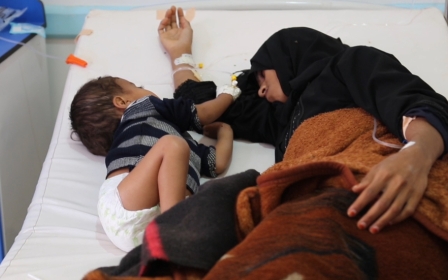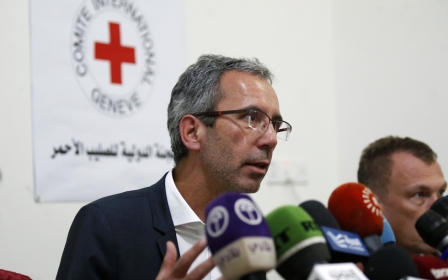Yemen cholera epidemic hits more than 300,000 people
A 10-week cholera epidemic has now infected more than 300,000 people in Yemen, the International Committee of the Red Cross (ICRC) said on Monday, a health disaster on top of war, economic collapse and near-famine in the impoverished country.
"Disturbing. We're at 300k+ suspected cases with ~7k new cases/day," ICRC regional director Robert Mardini said on Twitter.
The World Health Organisation has said there were 297,438 suspected cases and 1,706 deaths by 7 July, but it did not publish a daily update on Sunday, when the 300,000 mark looked set to be reached. A WHO spokesman said the figures were still being analysed by Yemen's health ministry.
Although the daily growth rate in the overall number of cases has halved to just over 2 percent in recent weeks and the spread of the disease has slowed in the worst-hit regions, outbreaks in other areas have grown rapidly.
The most intense impact has been in areas in the west of the country which have been fiercely contested in the two-year war between a Saudi-led coalition and armed Houthi rebels.
The war has been a breeding ground for the disease, which spreads by human waste getting into food or water and thrives in places with poor sanitation.
In the past week a first few cases have appeared in Sayun city and Mukalla port in Hadramawt region in the east.
Yemen's economic collapse means 30,000 healthworkers have not been paid for more than 10 months, so the UN has stepped in with "incentive" payments to get them involved in an emergency campaign to fight the disease.
The WHO has said its response, based on a network of rehydration points and the remnants of Yemen's shattered health system, has succeeded in catching the disease early and keeping the death rate from the disease low, at 0.6 percent of cases.
The spread of the disease is also being limited by "herd immunity" - the natural protection afforded by a large proportion of the population contracting and then surviving the disease.
It is not yet clear how people could be affected in total. Early in the outbreak, the WHO said there could be 300,000 cases within six months, but on 27 June it said the epidemic may have reached the halfway mark at 218,800 cases.
However, since then, the daily number of new cases has risen from an average of about 6,500 to about 7,200, according to a Reuters analysis of WHO data.
The UN announced last week that resources devoted toward combating malnutrition were being diverted to fighting cholera.
"Humanitarian organisations have had to reprogramme their resources away from malnutrition and reuse them to control the cholera outbreak," the UN humanitarian coordinator in Yemen, Jamie McGoldrick, told a press briefing in the capital Sanaa.
"And if we don't get these resources replaced, then using those resources for cholera will mean that food insecurity will suffer," he said.
Middle East Eye propose une couverture et une analyse indépendantes et incomparables du Moyen-Orient, de l’Afrique du Nord et d’autres régions du monde. Pour en savoir plus sur la reprise de ce contenu et les frais qui s’appliquent, veuillez remplir ce formulaire [en anglais]. Pour en savoir plus sur MEE, cliquez ici [en anglais].





